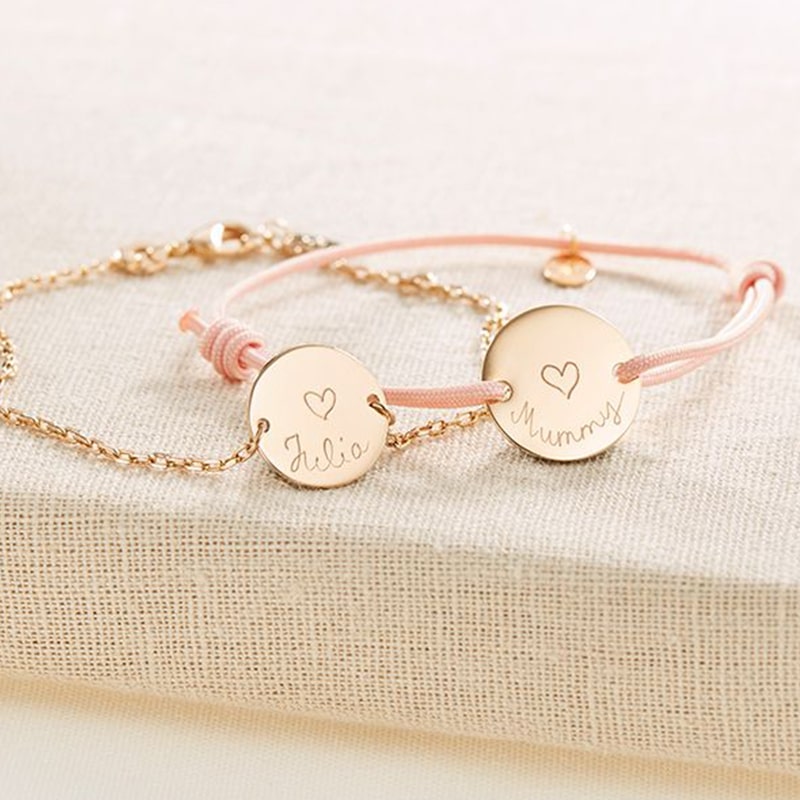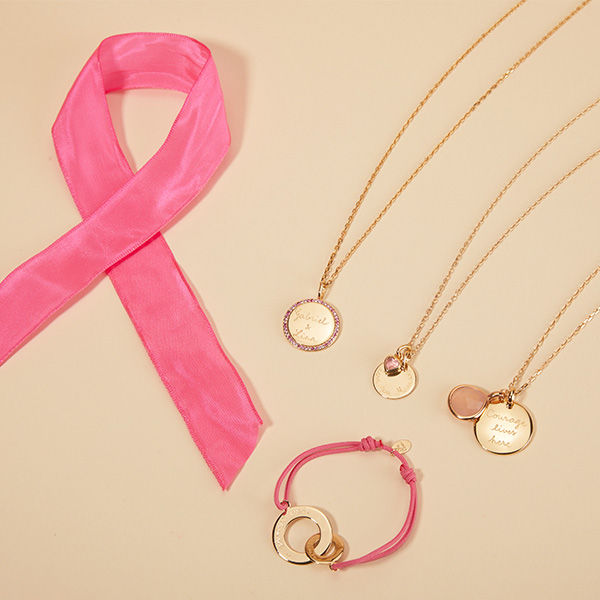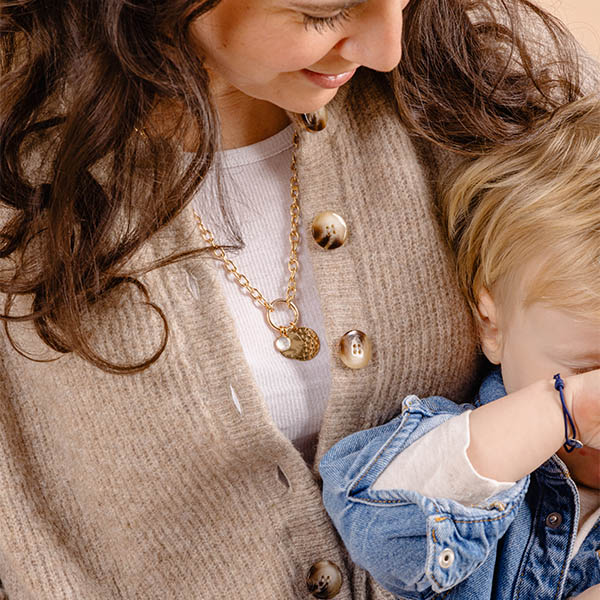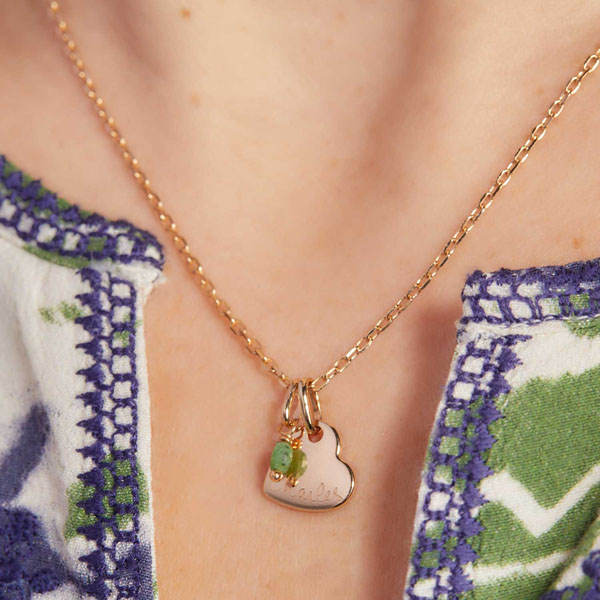How to Deal with Separation Anxiety
- Merci Maman
- Motherhood Journal
- 15 Sep 2021
- 500views

With our kids going back to school, the conversation of separation anxiety arises between us mothers. For those not knowing what this is, it is a topic that occurs with developmental age. Symptoms can include recurrent and excessive distress when leaving loved ones or home.
With the pandemic meaning a lot of time has been spent at home, there is no surprise that this has risen amongst families in the last year. Little ones treasure their time at home and when they are told they will no longer be spending their days there, it can often cause distress.
What is Separation Anxiety in Infants ?
Separation anxiety in infants is a normal developmental phase, typically emerging around 8–9 months when babies begin to understand object permanence—the idea that people and things exist even when out of sight. While it’s a sign of healthy cognitive growth, it can be distressing for both parent and child.
Common signs in infants include:
- Intense crying or clinging when a caregiver leaves the room.
- Increased fussiness with unfamiliar people.
- Trouble sleeping or waking frequently to check for your presence.
How to support your baby:
- Keep goodbyes brief but warm: Prolonged farewells can increase anxiety. A quick kiss and a confident "I’ll be back!" help reinforce trust.
- Practice short separations: Step out for a minute during playtime to help them learn you always return.
- Use a consistent caregiver: Infants feel safer with familiar faces. If possible, avoid frequent changes in childcare.
Remember, this phase is temporary. By 12–24 months, most infants develop greater independence—though toddlers may experience renewed anxiety during transitions (like starting daycare).
Facts about Separation Anxiety
Infants: When a baby starts to have an understanding of object permanence, separation anxiety can develop. They will start to understand when mummy is not there. This can make them unsettled. A common age for this to occur is at the 9 month stage. Try to keep your coming and going short and in a routine.
Toddlers: It is no surprise that at toddlerhood, our little ones are more aware of the aspect of separation. When at 15-18 months, they may start displaying more challenges and anxiety. When tired, hungry or unwell, separation anxiety can get harder. Which is most of the time when they are toddlers!
Preschoolers: At around the 3 year mark, our little ones understand more-so than ever the aspect of anxiety when linked to separation. The easiest ways to deal with this is keeping good-bye’s short and sweet. And also try your hardest not to return after a child’s plea.
We caught up with Jen from @itsthefergusons on how she helps her son, Teddy with Separation Anxiety with going back to school.
6 Tips on dealing with Separation Anxiety
- Reading. I found the book The Invisible String incredibly insightful. It is a book about the unbreakable connections between loved ones and has healed a generation of readers.
- Listen. It can be so hard to see and hear your child upset and struggling. Try to see the world through their eyes and reassure them that their feelings are valid.
- Mindfulness. It’s a skill that helps us cope with big emotions and challenging experiences. And, just like a muscle, it’s something we can all build with practice.
- Symbols to connect. Whether it be a love heart on both yours and their hand, a two part keyring that you have half of each, or a matching bracelet. Something they can see and touch to few close to you can ease the derogation anxiety.

5. Acceptance. Ignoring separation anxiety won’t make it go away. In fact, it may heighten it. As hard as it is, and the struggle is real, facing up to what’s happening is the first step to dealing with it productively. Ask for help from family, friends or teachers. You are not alone.
6. Drop the mum guilt. Ignore negativity or judgements from others. Every child is unique and what works for one child, won’t work for another. Accept that the anxiety hasn’t been caused by anything you’ve ‘done wrong.’ Take care of yourself as well as your little one.

Dealing with Separation Anxiety: Practical Strategies for All Ages
Whether your child is an infant, toddler, or preschooler, these evidence-based approaches can ease separation anxiety while building their confidence:
1. Create a "Goodbye Ritual"
A predictable routine (e.g., a special handshake or a comforting phrase like "Mommy always comes back after snack time") provides reassurance. Studies show rituals reduce stress by offering a sense of control.
2. Use Transitional Objects
A lovie (blanket, stuffed animal) or a family photo can serve as a tangible comfort when you’re apart. For older kids, a matching bracelet or keychain (as mentioned earlier) bridges the gap symbolically.
3. Validate Their Feelings
Instead of dismissing fears ("Don’t cry!"), acknowledge them: "I see you’re sad I’m leaving. It’s okay to miss me—I’ll pick you up after lunch." This builds emotional resilience.
4. Role-Play Separation
For toddlers/preschoolers, practice through play: Use dolls to act out drop-offs or read books about school (e.g., The Kissing Hand). Normalizing the experience reduces fear.
When to seek help: If anxiety persists for over 4 weeks or interferes with daily life (refusing school, physical symptoms like stomachaches), consult a pediatrician to rule out an anxiety disorder.





